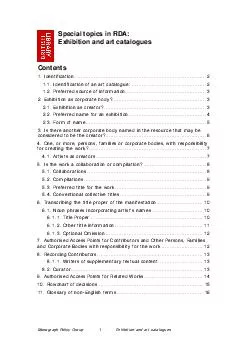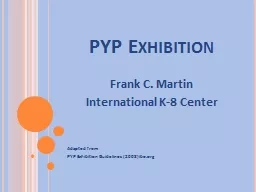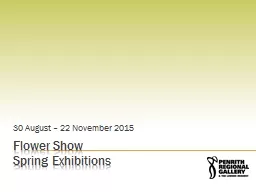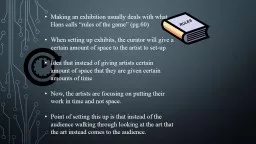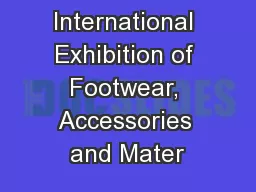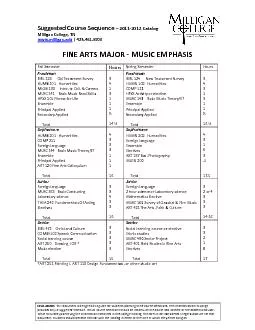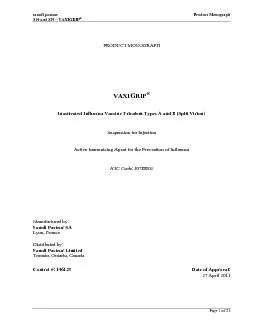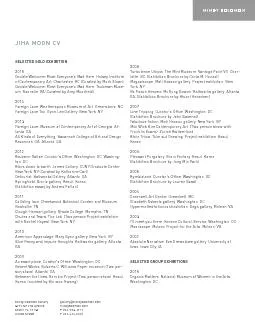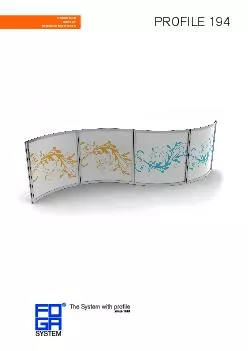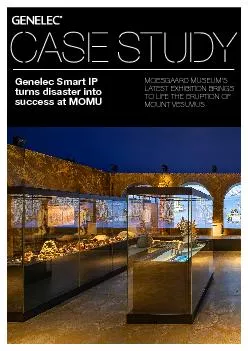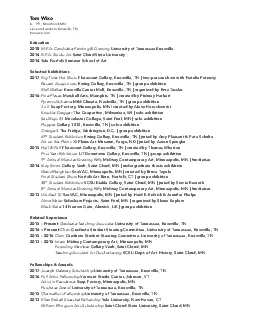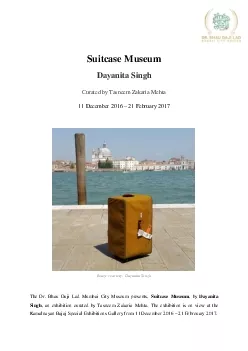PDF-Monograph Policy Group Exhibition and art catalo
Author : stefany-barnette | Published Date : 2016-05-19
Special topics in RDA Exhibition and art cataloguesContents1 Identification Monograph Policy Group Exhibition and art cataloguesIdentificationCataloguers must take
Presentation Embed Code
Download Presentation
Download Presentation The PPT/PDF document "Monograph Policy Group ..." is the property of its rightful owner. Permission is granted to download and print the materials on this website for personal, non-commercial use only, and to display it on your personal computer provided you do not modify the materials and that you retain all copyright notices contained in the materials. By downloading content from our website, you accept the terms of this agreement.
Monograph Policy Group Exhibition and art catalo: Transcript
Download Rules Of Document
"Monograph Policy Group Exhibition and art catalo"The content belongs to its owner. You may download and print it for personal use, without modification, and keep all copyright notices. By downloading, you agree to these terms.
Related Documents

